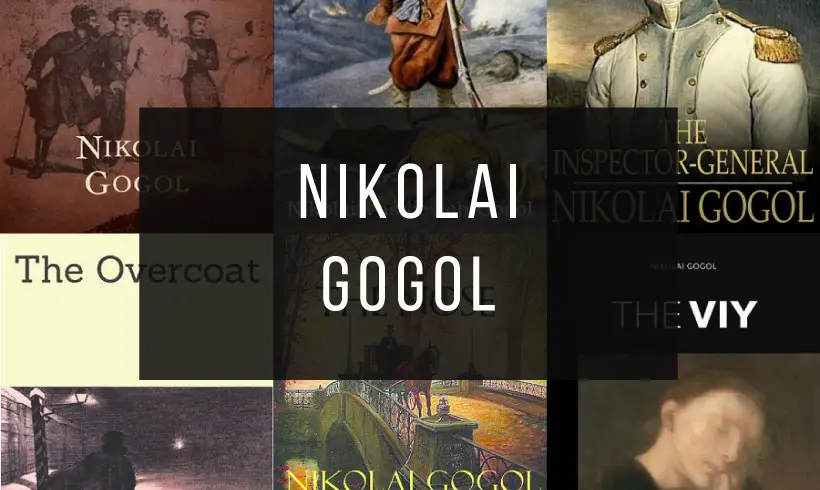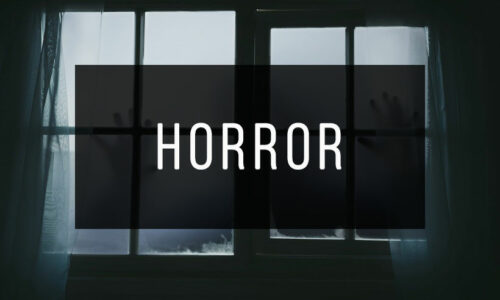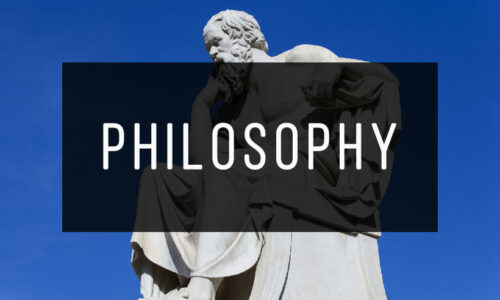Nikolai Gogol was born on March 20, 1809 in the small Ukrainian town of Sorochyntsi. As a child, he was dreamy and withdrawn and was deeply affected by the death of a younger brother.
At the age of 9, Gogol went to school, where he spent 7 years. He was a mediocre but well-behaved student. He left school in June 1828 and apparently intended to pursue a career in the Russian civil service.
But, despite financial difficulties, he delayed his entry into the civil service and tried to make a name for himself in literature. He published the poem “Ode to Italy” on March 23, 1829 in the journal Son of the Fatherland; however, it was a clumsy effort and received no critical attention.
In 1829 he self-published a more ambitious narrative poem, Hanz Küchelgarten, which narrated the attempts of a romantic hero to escape from an idyllic but stifling environment. The poem was poorly received by critics and Gogol attempted to recover and destroy all existing copies.
Due to the failure of his early literary efforts, Gogol pursued a career in the civil service and worked in various government offices. In 1831 he became a teacher at a girls’ boarding school, a vocation that bored him and at which he was not very good.
He persisted in his writings and his work began to gain some attention. He attracted the interest of Vasily Zhukovsky, an important contemporary Russian poet, and in May 1831 he was introduced to Alexander Pushkin, Russia’s greatest poet. With the writing and publication of Evenings on a Farm Near Dikanka in 1831-1832, Gogol had risen to a position of importance in literary affairs.
Despite the considerable success of his writings in 1834, Gogol still had no fixed career in mind and harbored notions of being a teacher and scholar. In the autumn of 1834 he was appointed professor of history at St. Petersburg University. He obtained this position through the influence of important friends, and was very unfit for the position, both because of his temperament and his background. This career, which lasted from the fall of 1834 to December 1835, was a resounding failure.
Gogol wrote his dramatic masterpiece for the theater “The Government Inspector” between October and December 1835, and it seems likely that he received the idea for the play from Pushkin. The play is about an impostor who is mistaken for a real inspector general, but incognito, and who is showered with favors and servility to mask the corruption and dishonesty of officials.
At first, the play was rejected by the censors, but after appealing to the czar himself, it was allowed to be staged. The success of the play was immediate and overwhelming. Mention should also be made of the comedy “Marriage”, which was published in 1842 after 9 years of work.
Gogol liked to travel and was convinced that travel was beneficial to his health. During the last 16 years of his life he spent more time abroad than in Russia. He was especially drawn to Rome, which he loved with an abiding passion.
In the summer of 1836, he stopped in Vienna for health reasons and there he experienced a major creative outpouring. He worked on Dead Souls, revised “Taras Bulba” and wrote “The Overcoat”. He also experienced a religious vision that was of overwhelming importance to him and influenced his later view of art and his religious duty.
In the course of the 1840s, Gogol became increasingly convinced that he had to purify his own soul, and he came more and more under the influence of the clergy. In the spring of 1848 he made a pilgrimage to Jerusalem.
During the last nine months of his life, his health deteriorated and he suffered from severe depression. Priest Matthew Konstantinovsky, a strong and intolerant person, acquired considerable influence over Gogol’s mind and convinced him that he should fast more severely than was good for his weakened constitution. Gogol died on February 21, 1852.
1) Dead Souls
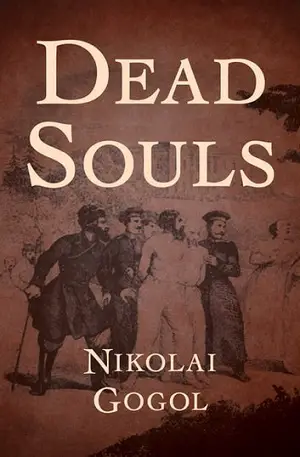
Dead Souls is a work written and published in 1842. Gogol defined it as an epic prose poem.
It has certain similarities with Don Quixote, as the protagonist, Chichikov, together with his coachman and a servant, sets out on a journey in his troika through the vast territories of immense Russia, stopping in towns and villages with the intention of buying souls, dead souls.
In the Russian Empire, before the emancipation of serfs in 1861, landowners had the right to own serfs to cultivate their lands. They were, for most purposes, considered property of the landowner, and could be bought, sold or mortgaged, as an asset.
To count serfs (and people in general), the word "soul" was used: for example, "six serfs souls". The plot of the novel is based on the "dead souls" (i.e., "dead serfs") that are registered in the land registers.
2) Taras Bulba and Other Tales
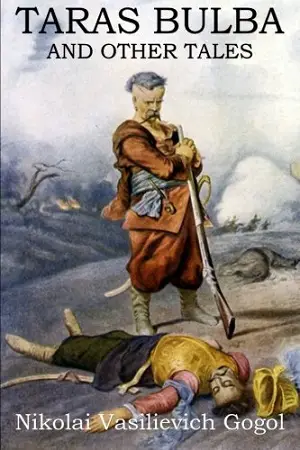
Taras Bulba is a historical and romantic novel set in the 16th century.
It tells the story of an old zaporozhian cossack, Taras Bulba, and his two sons, Ostap and Andriy. Taras' sons, after finishing their studies at the Kiev Academy, return home. The three reunited characters embark on an epic journey to the Zaporozhian Sich in Ukraine, where they join other cossacks in the war against Poland.
The novel is the longest short story written by Gogol. Its style is non-fiction, with characters that are neither exaggerated nor grotesque, although some scholars consider his characterization of the cossacks to be somewhat exaggerated. This story can be interpreted in the context of the romantic nationalism movement in literature, which developed around a historical ethnic culture that embraced a romantic ideal.
3) The Inspector-General
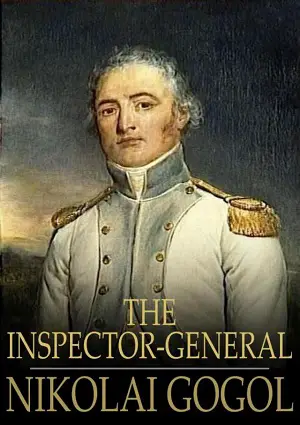
Also known as "The Government Inspector", it is a play originally published in 1836, satirizing human greed and widespread political corruption in imperial Russia. It is said to be based on an anecdote told to Gogol by the Russian novelist and poet Pushkin. Its main character, Khlestakov, personifies irresponsibility and the absence of values.
News that an undercover inspector will arrive in town to investigate certain corrupt officials, including the mayor, causes all hell to break loose. At the same time, it is also learned that two weeks earlier a suspicious person has already arrived from St. Petersburg, and they presume it is the inspector.
For critics and readers, The Inspector General is a brilliantly written work from beginning to end, with well-crafted characters and solid dialogue. One of its characteristics is the total absence of a love plot and sympathetic characters.
4) The Overcoat
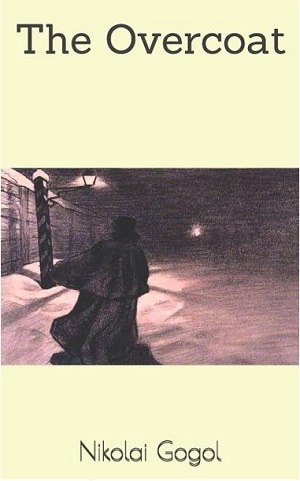
The Overcoat is a short story written between 1839 and 1841, and published in 1842.
The story, included in the book Petersburg Tales, presents the story of Akaky Akakievich Bashmachkin, a St. Petersburg official who works as a copyist in the lower echelons of the Russian administration.
Despite his humble status, he must spend all his savings on ordering a new overcoat to protect himself from the harsh Petersburg winter. The plot of the play is based on a story Gogol read about a poor clerk who, after a long saving, bought a rifle and lost it in some reeds while out hunting.
The work was a critical success and had a great influence on Herman Melville, Franz Kafka and Fyodor Dostoevsky. Vladimir Nabokov considered The Overcoat to be the only "seamless" work in the history of literature, along with Kafka's Metamorphosis.
5) The Nose
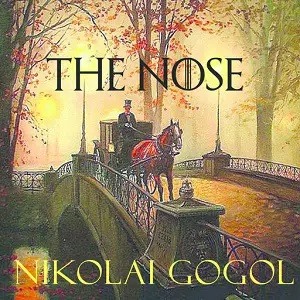
The Nose is a satirical tale written in St. Petersburg. During this time, Gogol's works focused mainly on the surreal and grotesque, with a romantic touch.
Written between 1835 and 1836, The Nose tells the story of a St. Petersburg official whose nose abandons his face and develops a life of its own. The Nose was originally published in Sovremennik, a literary magazine owned by Alexander Pushkin.
The use of the nose as the main source of conflict in the story may be due to Gogol's own experience of having an oddly shaped nose, which he himself often mocked in his letters.
The use of iconic city landmarks, as well as the absurdity of the story, have made "The Nose" an important part of St. Petersburg's literary tradition.
6) Viy
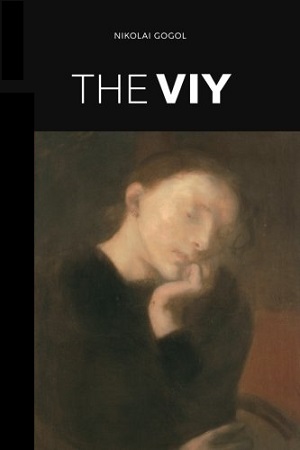
Viy is a horror story whose title refers to the name of the demonic creature that is the protagonist of the plot.
The plot begins with the narrator claiming to tell the story as he heard it. The story is about three students who are at the Kiev theological academy. In the seminary there are four types of students: grammarians, rhetoricians, philosophers and theologians.
Every summer, at the end of classes, the students usually set out on a long procession home, which becomes smaller as each student gets separated from the main road. Eventually, the group is reduced to three students: the theologian Khalyava, the philosopher Khoma Brut and the rhetorician Tiberiy Gorobets.
These characters experience horror-filled events along the way.


